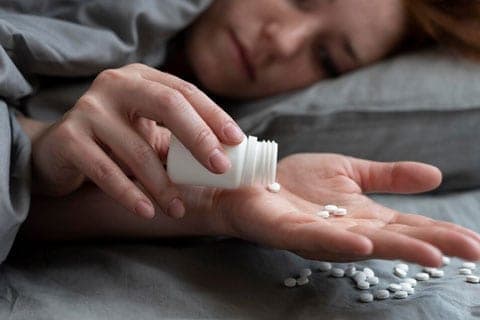Harm reduction is defined as “a range of intentional practices and public health policies designed to lessen the negative social and/or physical consequences associated with various human behaviors, both legal and illegal.” Some of these practices include testing strips, consumption sites with medical teams on site, clean needles, naloxone distribution, and sharps containers. There are many arguments used against harm reduction as many state that it seems like encouragement to engage in those activities. However, many argue against that statement stating that individuals will engage in drug activity regardless and it is best to create safety and promote health in regards to use.
Testing strips are probably the most common form of harm reduction. Some states have had to fight for the legalization of this resource such as Alabama. “Alabama suffers from a high and increasing rate of overdose deaths, with 30.1 deaths per 100,000 residents in 2021. In 2022, 452 drug overdose deaths were recorded in the state’s most populous county” (McCollum et al., 2024). The article references the fact that testing strips (FTS) are not commonly mentioned as harm reduction; despite this fact they still advocate for the legalization of this tool. “Although not generally considered a prevention tool, FTS are harm reduction tools that allow users to avoid overdoses and eventually attain and maintain less chaotic substance use behaviors” (McCollum et al., 2024).
Naloxone is also a common resource of harm reduction. “Naloxone is a medication approved by the Food and Drug Administration (FDA) designed to rapidly reverse opioid overdose. It is an opioid antagonist—meaning that it binds to opioid receptors and can reverse and block the effects of other opioids, such as heroin, morphine, and oxycodone” (SAMHSA). It is beneficial to understand how and when to use this tool and there are plenty of resources that provide this information. This resource, like testing strips, is easy to carry around and can be beneficial for the individual carrying it and those around. The state of New York provides free naloxone and testing strips. Other states contribute to harm reduction in the form of clean needle distribution. Some other sources are educational classes, access to withdrawal medication, overdose prevention education, and recovery support.
The SAMHSA website is a tool that can be used to access many tools. They provide educational resources on a variety of topics including mental health, finding treatment, opioid overdose, help for service members and their family, alcohols tobacco and other drugs, national helpline, disaster distress helpline, 988 suicide and crisis helpline. In regards to harm reduction, they provide information on: harm reduction framework, recovery and recovery support, early mental illness treatment locator, implementing behavioral health crisis care, mental health and substance use disorders, substance abuse and mental health prevention, buprenorphine practitioner and treatment program locator, opioid treatment program directory, and the drug-free workplace helpline.
Harm reduction comes in many forms and can be useful to many individuals. Harm reduction is used to promote safe drug use and safer practices. Access to tools and education of drug use, overdose prevention, and treatment centers are also provided and included in tools used for harm reduction.
References
- McCollum, C. G., Ventrelli, G., Gagnon, K. W., Loftis, A., Famurewa, A., Wimberly, C., & Eaton, E. (2024b). Rapid response to the legalization of test strips in Alabama: An Academic–Community Partnership. American Journal of Public Health, 114(8), 785–788. https://doi.org/10.2105/ajph.2024.307681
- Opioid overdose reversal medications (OORM). SAMHSA. (n.d.). SAMHSA

